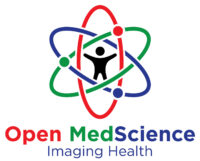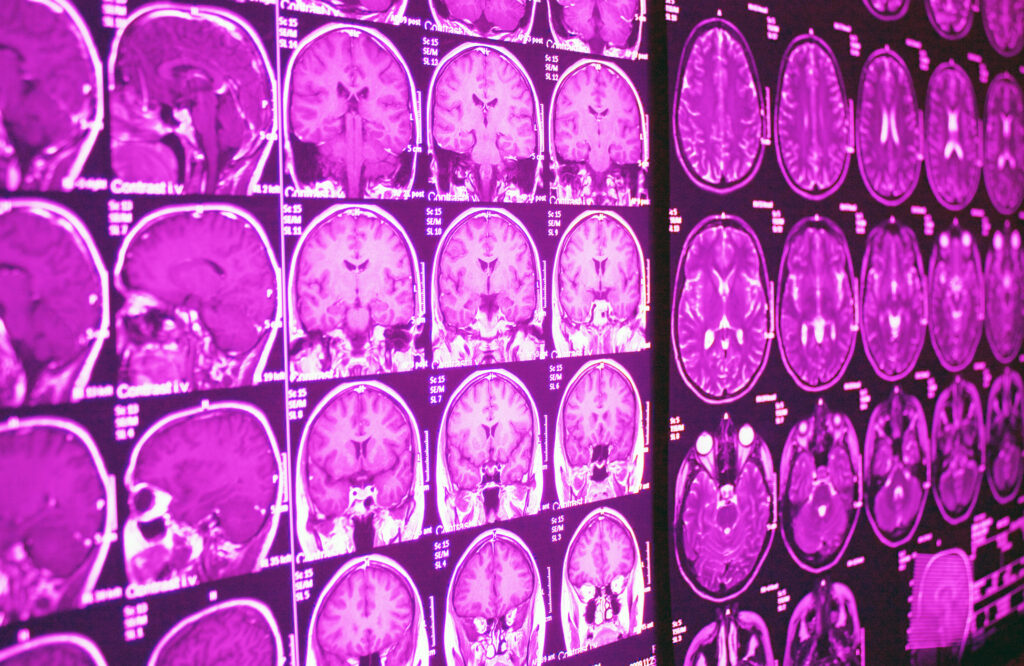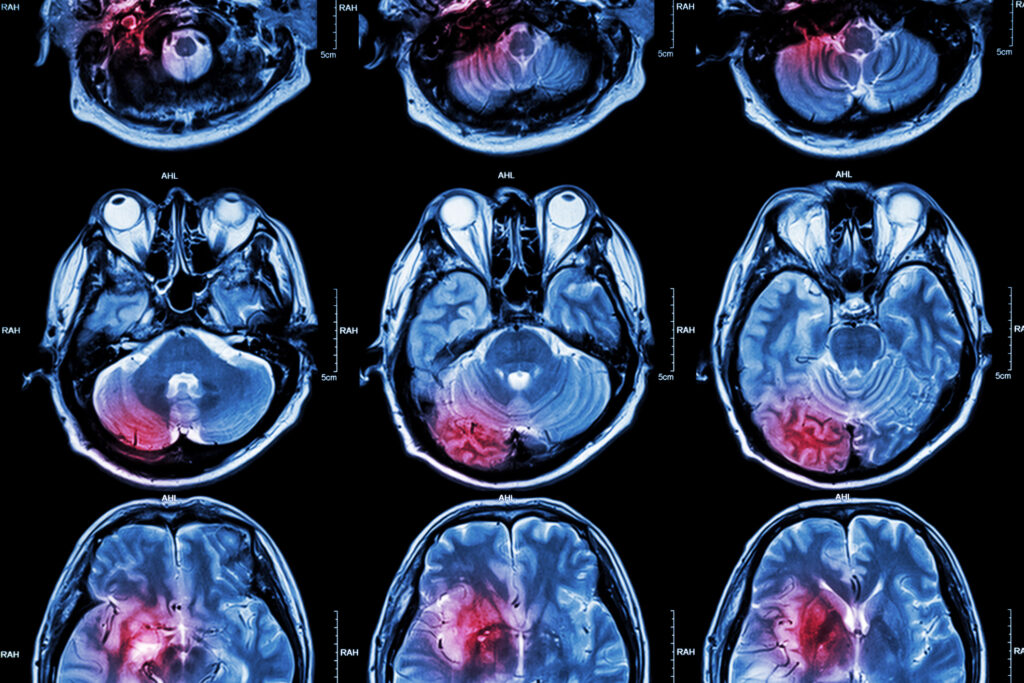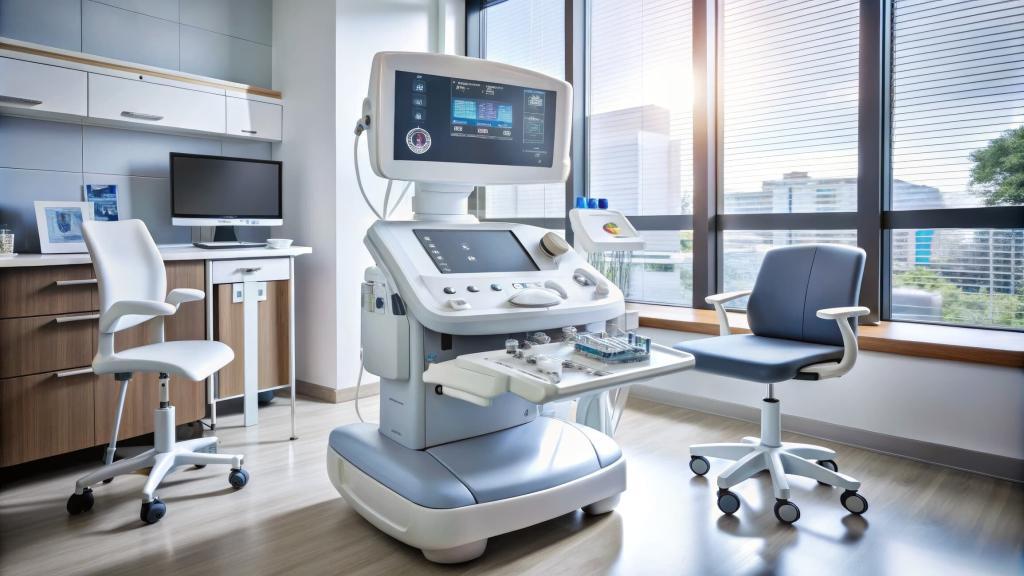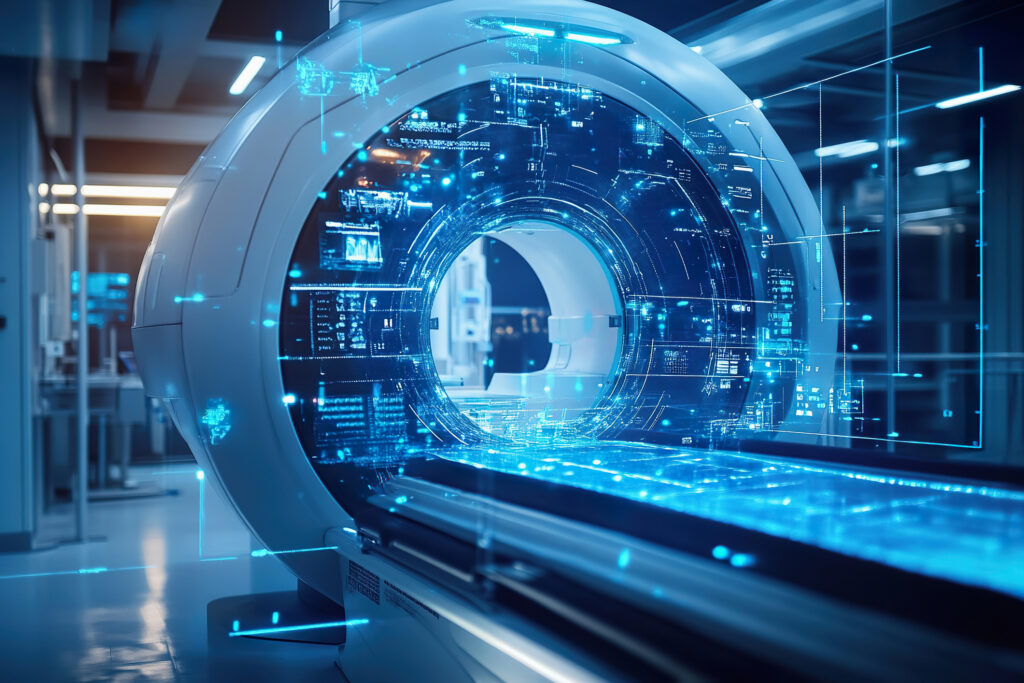Summary: Diagnostic X-rays and computed tomography (CT) scans are crucial tools in contemporary medicine, offering rapid and accurate imaging to support diagnosis, treatment planning, and patient monitoring. This article explores the science behind these imaging technologies, their clinical applications, safety concerns, and the differences between the two. It also discusses technological advancements, regulatory standards, and patient considerations.
Keywords: Diagnostic imaging; X-rays; Computed tomography; Radiation safety; Medical diagnostics; Imaging technology.
Introduction to Diagnostic X-rays and CT Scans
Medical imaging has transformed patient care by providing non-invasive methods for visualising the internal structures of the human body. Among the most widely used imaging techniques are diagnostic X-rays and computed tomography (CT) scans. While both use ionising radiation, they differ in scope, resolution, and application. X-rays offer quick overviews of skeletal and thoracic structures, whereas CT scans provide detailed cross-sectional images, which are essential for complex diagnoses.
These tools are routinely used in emergency rooms, outpatient clinics, dental practices, and specialised imaging centres. Understanding their function, strengths, and limitations can help patients and practitioners make informed decisions.
The Science Behind X-rays and CT Scans
X-rays are a form of electromagnetic radiation with wavelengths shorter than those of visible light. In medical imaging, an X-ray beam is directed through the body, and the emerging pattern is captured on a digital detector or film. Structures that absorb more radiation, such as bones, appear white, while air-filled or soft tissue regions appear darker.
The varying degrees of absorption are due to tissue density and composition. For instance, calcium in bones absorbs more X-rays than muscle or fat. As such, X-rays are beneficial for detecting bone fractures, infections, and certain chest conditions such as pneumonia or lung collapse.
Principles of CT Imaging
CT scans employ the same basic X-ray principles but enhance them using a rotating gantry and computer algorithms. A CT scanner captures multiple X-ray images from different angles and reconstructs them into cross-sectional slices. These can be stacked to produce a three-dimensional image of the body.
Modern CT machines use helical or spiral scanning, where the patient moves through the scanner as the X-ray source rotates. This enables faster scans, improved resolution, and more detailed imaging of soft tissues, blood vessels, and internal organs.
Clinical Applications of X-rays and CT Scans
X-rays are commonly used in the following scenarios:
- Musculoskeletal Injuries: To identify bone fractures, joint dislocations, and signs of osteoporosis.
- Chest Imaging: To detect pneumonia, heart enlargement, fluid in the lungs, and tumours.
- Dental Assessment: For evaluating tooth decay, jaw alignment, and impacted teeth.
- Abdominal Imaging: In limited cases, to detect bowel obstructions or swallowed foreign objects.
Due to their simplicity and speed, X-rays remain the first-line imaging tool in many acute settings.
CT Scans
CT is used for a wide range of diagnostic purposes:
- Head and Brain: To detect strokes, bleeding, tumours, or skull fractures.
- Chest and Abdomen: To assess lung disease, cancers, appendicitis, and trauma.
- Cardiac Imaging: For evaluating coronary arteries and cardiac structures.
- Oncology: Monitoring tumour size, spread, and response to treatment.
- Guided Procedures: Assisting with biopsies and abscess drainage.
The ability of CT to image soft tissues makes it invaluable in modern diagnostics.
Comparing X-rays and CT Scans
Advantages and Limitations
| Feature | X-ray | CT Scan |
| Speed | Very fast | Fast, though slightly longer |
| Cost | Lower | Higher |
| Radiation Dose | Lower | Higher |
| Image Detail | Limited | High-resolution |
| Suitability | Bones, chest | Brain, abdomen, vessels, soft tissue |
| Accessibility | Widely available | Requires a dedicated facility |
X-rays are excellent for quick checks and follow-ups, while CT scans are chosen for their detailed, multi-plane visualisation. However, CT involves significantly more radiation exposure.
Radiation Exposure and Safety Considerations
Both X-rays and CT scans involve exposure to ionising radiation, which has the potential to damage DNA and increase the risk of cancer over time. However, the risks are small compared to the diagnostic benefits when imaging is appropriately used.
Dose Comparison
- Chest X-ray: ~0.1 mSv (millisieverts)
- Abdominal CT: ~10 mSv
- Head CT: ~2 mSv
To put this into perspective, the average person in the UK receives approximately 2.7 mSv of natural background radiation annually.
Justification and Optimisation
Medical imaging must adhere to the principles of justification (ensuring that the benefits outweigh the risks) and optimisation (using the lowest dose possible for diagnostic quality). Radiologists and radiographers adhere to national and international guidelines, such as those established by the Health and Safety Executive (HSE) and the International Commission on Radiological Protection (ICRP).
CT scan protocols are often adjusted based on patient size, age, and clinical need. Paediatric patients, in particular, are more sensitive to radiation, so special care is taken.
Technological Advances and Future Directions
Traditional film X-rays have primarily been replaced by digital systems, which offer faster results, easier storage, and lower radiation doses. In parallel, artificial intelligence (AI) is increasingly used to enhance image interpretation. AI can assist in detecting abnormalities, prioritising urgent cases, and reducing diagnostic errors.
Low-dose CT and Iterative Reconstruction
Innovations such as low-dose CT and iterative reconstruction algorithms enable the production of high-quality images with reduced radiation exposure. These are especially beneficial in lung cancer screening and chronic disease monitoring, where patients undergo repeated imaging.
Dual-Energy and Spectral CT
Dual-energy CT uses two different X-ray energies to differentiate materials more effectively. This is useful for characterising kidney stones, detecting gout, and improving tumour visualisation.
Patient Considerations and Practical Aspects
Before the Scan
For standard X-rays, minimal preparation is needed. Metal items such as jewellery should be removed, as they can obscure the image. In CT scans, especially of the abdomen, fasting may be required. Patients may also be asked to drink contrast material or have it injected intravenously to improve the visibility of specific structures.
During the Scan
Both procedures are painless. X-rays take seconds, whereas CT scans take a few minutes. Patients must remain still and, in some cases, hold their breath briefly to avoid motion artefacts.
After the Scan
Patients can usually resume normal activities immediately. If contrast dye was used, drinking plenty of fluids helps clear it from the system. Allergic reactions to contrast agents are rare but can occur, particularly in patients with asthma or kidney problems.
Regulation, Quality Assurance, and Training
In the UK, the Ionising Radiation (Medical Exposure) Regulations 2017 (IR(ME)R) govern the use of medical imaging involving radiation. These laws ensure that imaging is performed only when clinically justified and that operators are adequately trained.
Quality assurance programmes are in place to maintain equipment performance, calibrate dose levels, and audit image quality. Radiographers and radiologists must also undergo continuous professional development (CPD) to stay current with technological and safety updates.
Conclusion
Diagnostic X-rays and CT scans are indispensable components of modern healthcare. While both rely on the use of ionising radiation, they serve distinct roles based on their capabilities and image detail. X-rays are ideal for rapid and accessible assessment of bones and lungs, whereas CT scans offer high-resolution views essential for complex diagnostics.
The use of these technologies must always be balanced against radiation risks, which are minimal when proper safety protocols are followed. With continuous advances in imaging technology, patients today benefit from faster, safer, and more accurate diagnostics than ever before.
Disclaimer
The content of this article is provided for general informational purposes only and does not constitute medical advice, diagnosis, or treatment. While every effort has been made to ensure the accuracy of the information presented, Open Medscience makes no representations or warranties of any kind, express or implied, about the completeness, accuracy, reliability, or suitability of the content for any purpose.
Always consult a qualified healthcare professional with any questions you may have regarding a medical condition or diagnostic procedure. Never disregard professional medical advice or delay in seeking it because of something you have read in this article.
The inclusion of information about diagnostic technologies such as X-rays and CT scans does not imply endorsement of any particular device, procedure, or healthcare provider. Safety guidelines and clinical practices may vary depending on regional regulations and individual patient circumstances.
Use of this article is at your own risk. Open Medscience disclaims all liability for any loss, injury, or damage resulting from the use or reliance on the information contained herein.
You are here: home » diagnostic medical imaging blog »